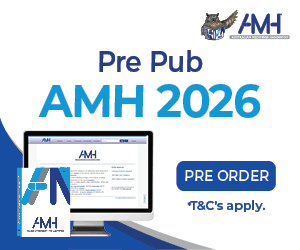Running, cycling, or swimming – whatever takes your fancy, if you regularly exercise, you’re on track for a long and healthy life, according to new research from the University of South Australia.
Published in BJSM, the study found that for every 1-MET increase in cardiorespiratory fitness – the amount of energy used for quiet sitting – a person can reduce their risk of death by 11-17%, and specifically, their risk of heart disease by 18%.
Senior author, UniSA’s Professor Grant Tomkinson, says that cardiorespiratory fitness is probably the most important type of fitness for good health.
“Cardiorespiratory fitness (or CRF) is your ability to perform physical activity for a long period of time like running, cycling, and swimming,” Professor Tomkinson says. “In this study we found prolonged cardiorespiratory fitness is strongly and consistently associated with all types of premature death and incident disease – spanning heart failure, depression, diabetes, dementia and even cancer.
“We summarised the evidence linking CRF to numerous health outcomes and found that those with low levels of CRF are far more likely to die early or develop chronic conditions like heart disease later in life.”
Researchers say that for most people, a 1-MET increase in CRF can be achieved through a regular aerobic exercise program.
“The message is quite simple: if you do a lot of “huff and puff” exercise, then your risk of dying early or developing diseases in the future is reduced. If you avoid exercise your health may suffer.”
Chronic health conditions are an ongoing cause of poor health, disability, and premature death. In Australia, an estimated 11.6 million people (47%) have a chronic and debilitating health conditions, which contributes to two thirds of the burden of disease.
Lead author from the Public Health Agency of Canada and Adjunct Professor at UniSA, Dr Justin Lang, says the study delivers a strong message for public health that cardiorespiratory fitness is an important marker of health status.
“Clearly, cardiorespiratory fitness is as an important factor for good health. If you are already exercising, this is good news; but if you know you need to up your fitness and movement, then this is a timely reminder,” Dr Lang says.
“People can make meaningful improvements through additional moderate physical activity, such as brisk walking, at least 150 minutes a week. And as they improve their fitness, their risk of death and disease will decline.
“But the onus for improvement should not just sit with the individual, it should also be routinely assessed in clinical and public health practice, so that we can support people to improve their health outcomes.
“Through regular assessment, clinicians and exercise professionals could better identify adults at greater risk of early death and initiate exercise programs aimed at increasing CRF through regular physical activity.”








